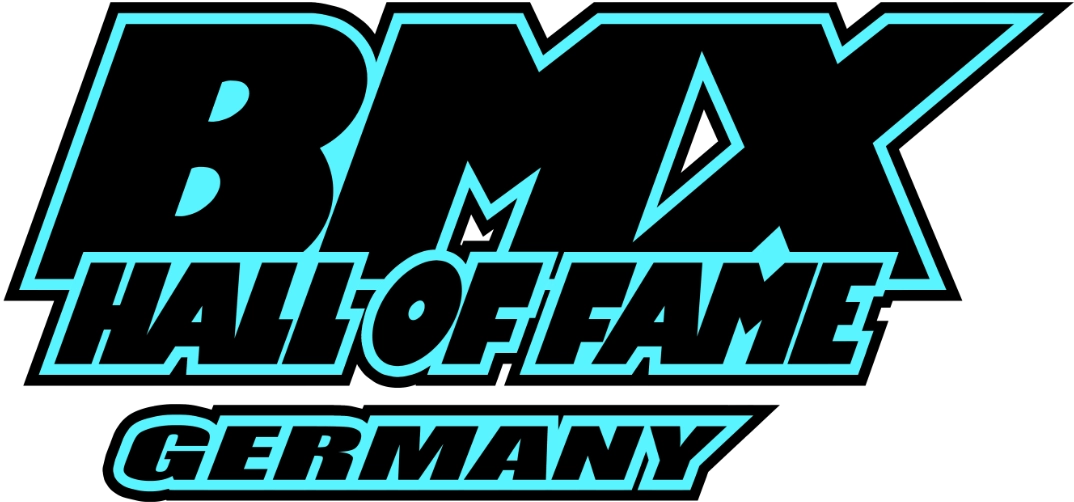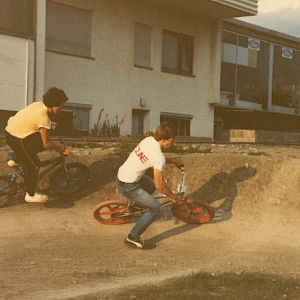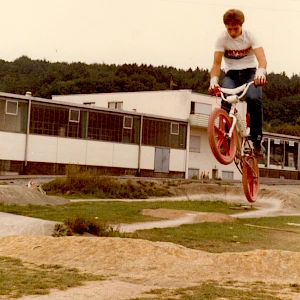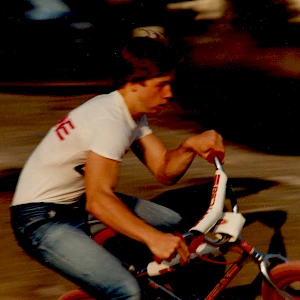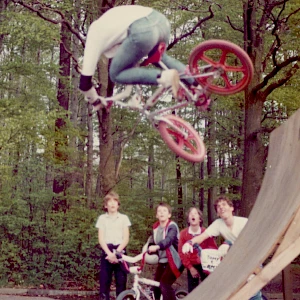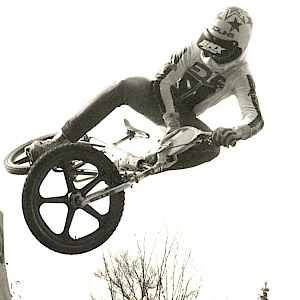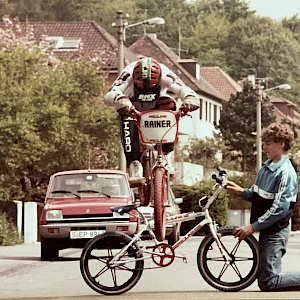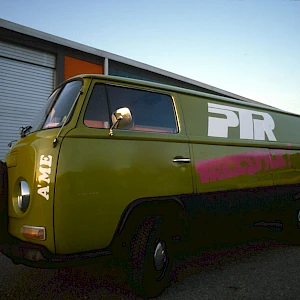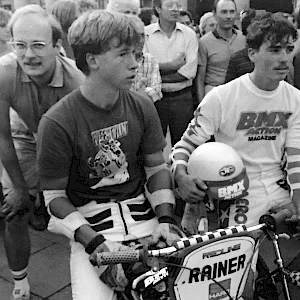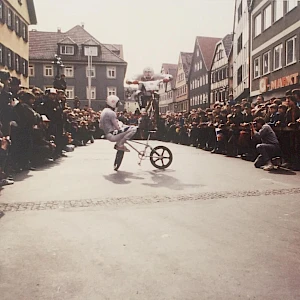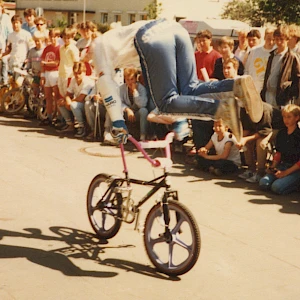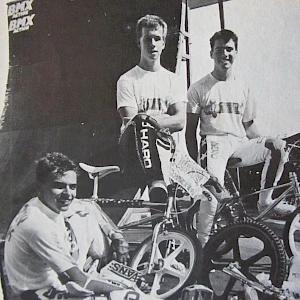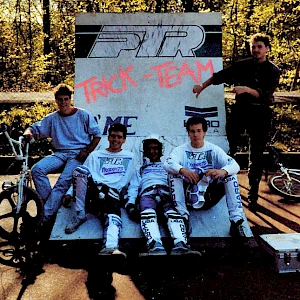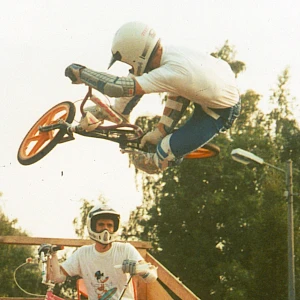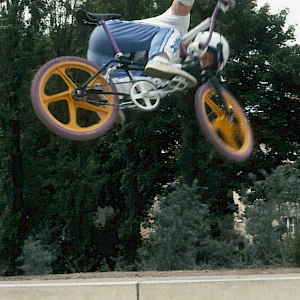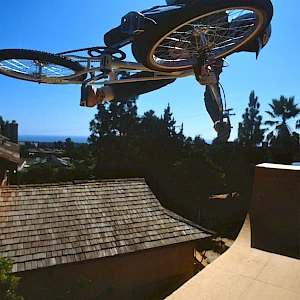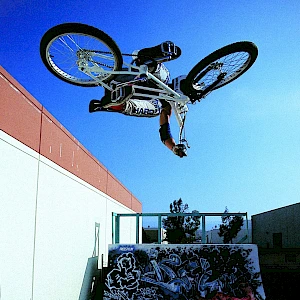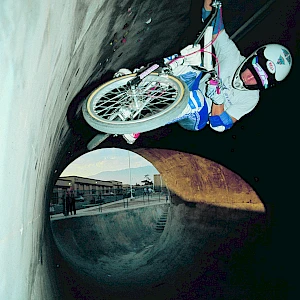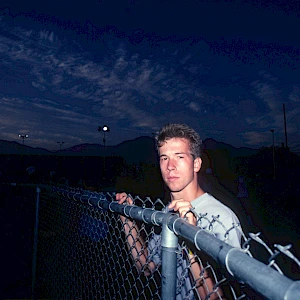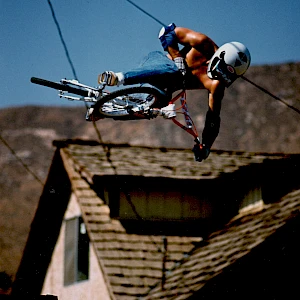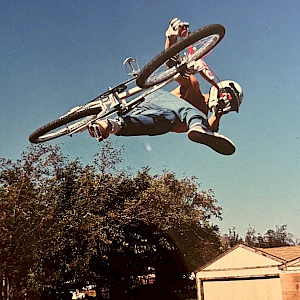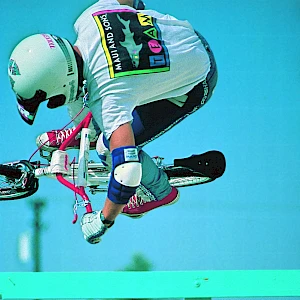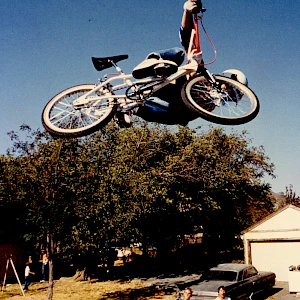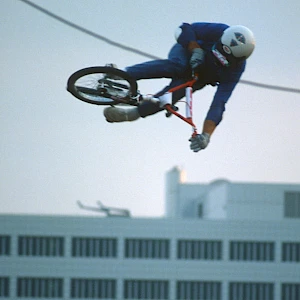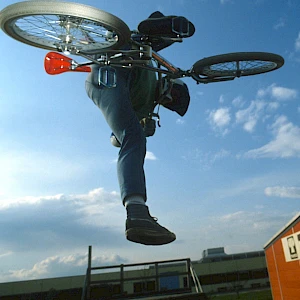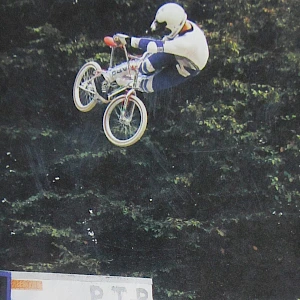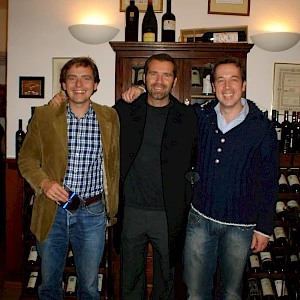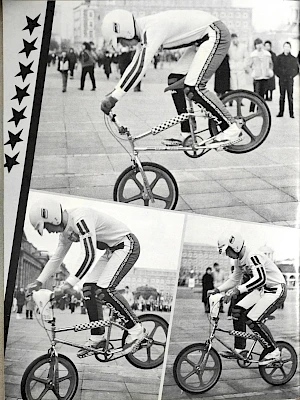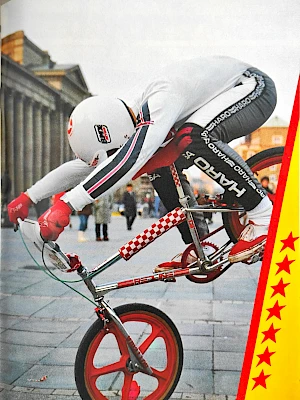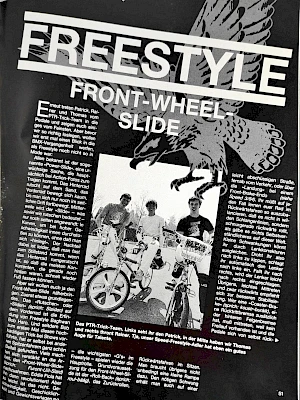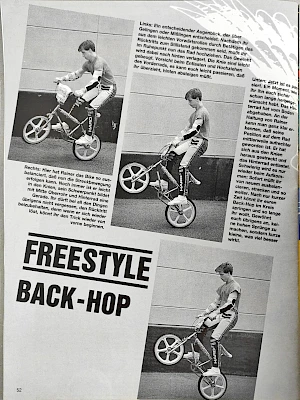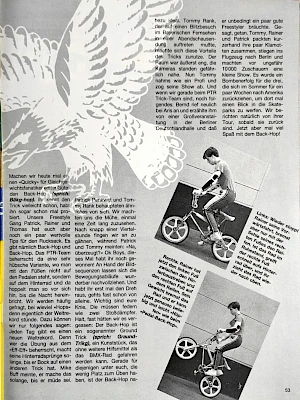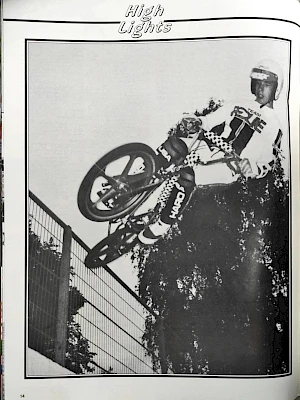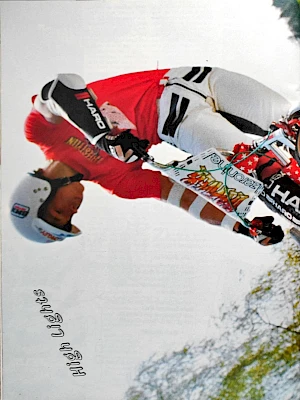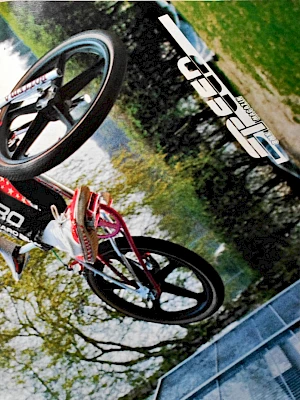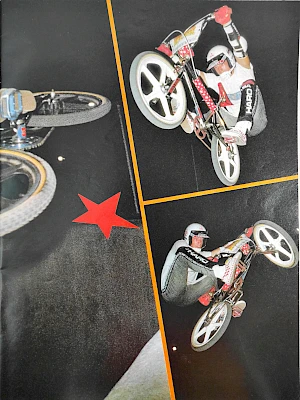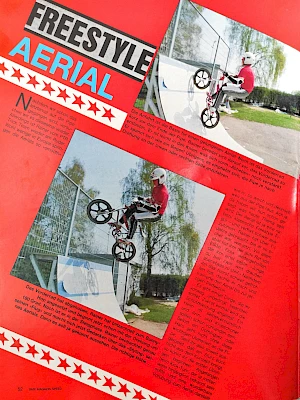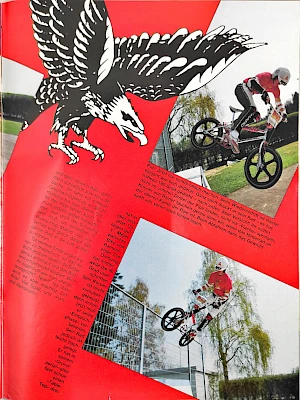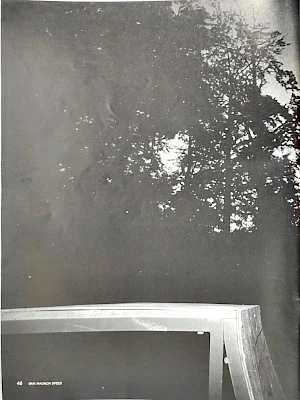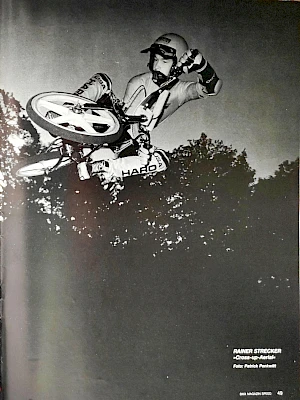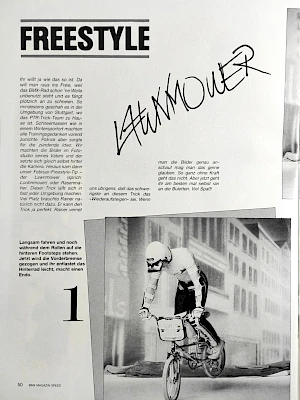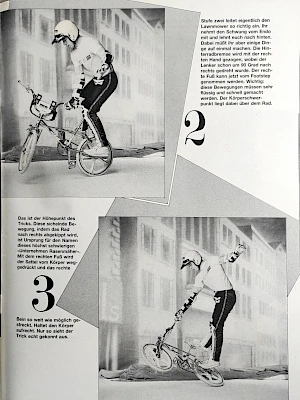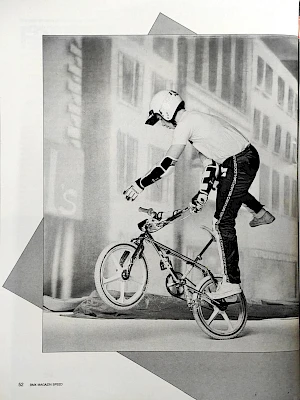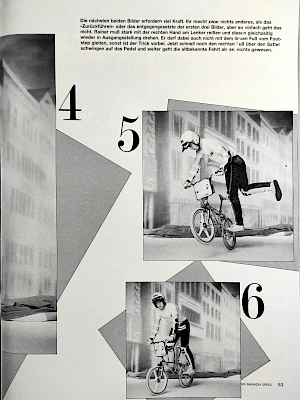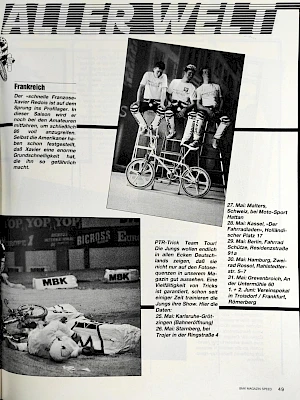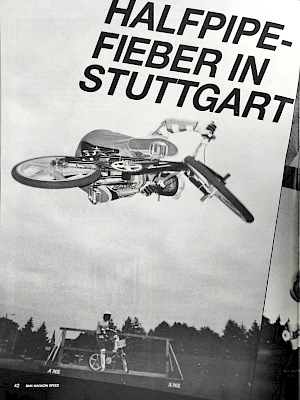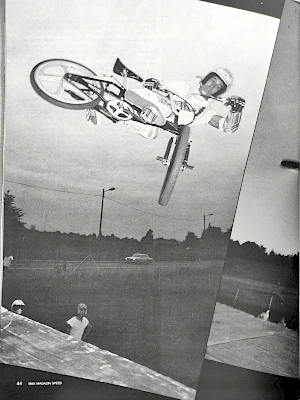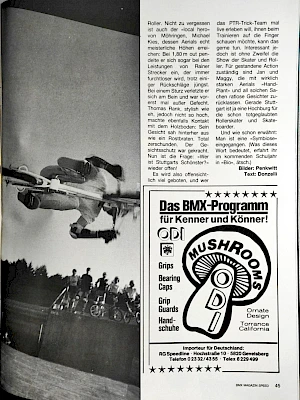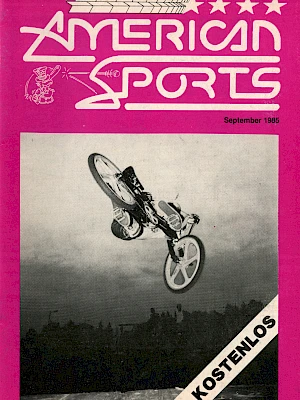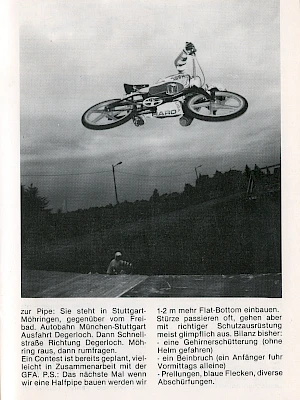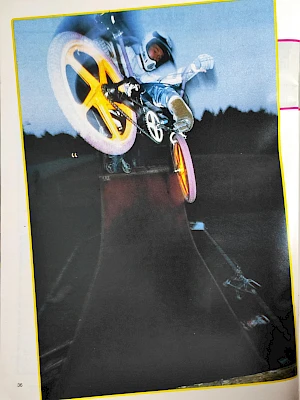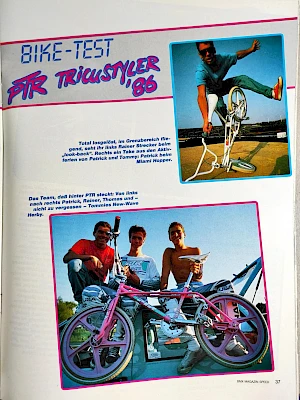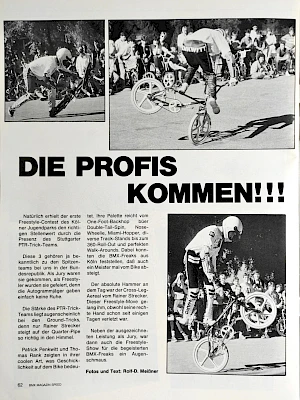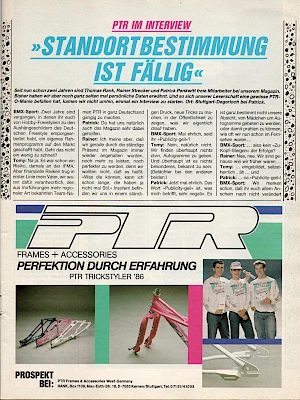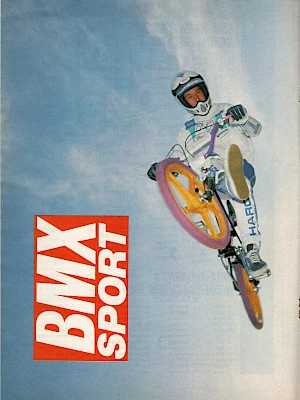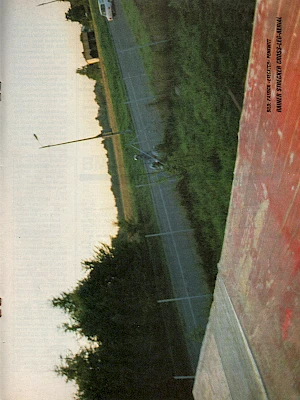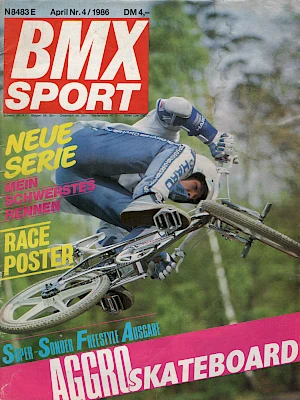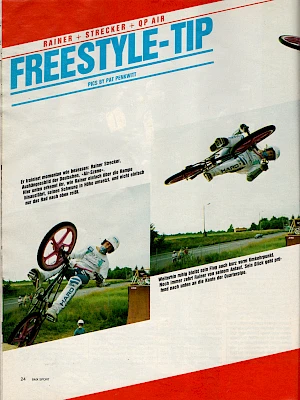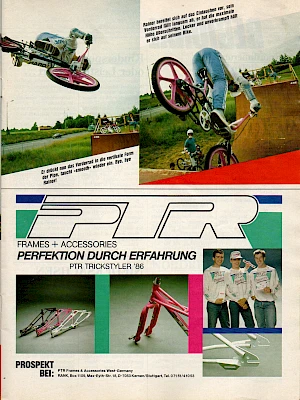Rainer Strecker
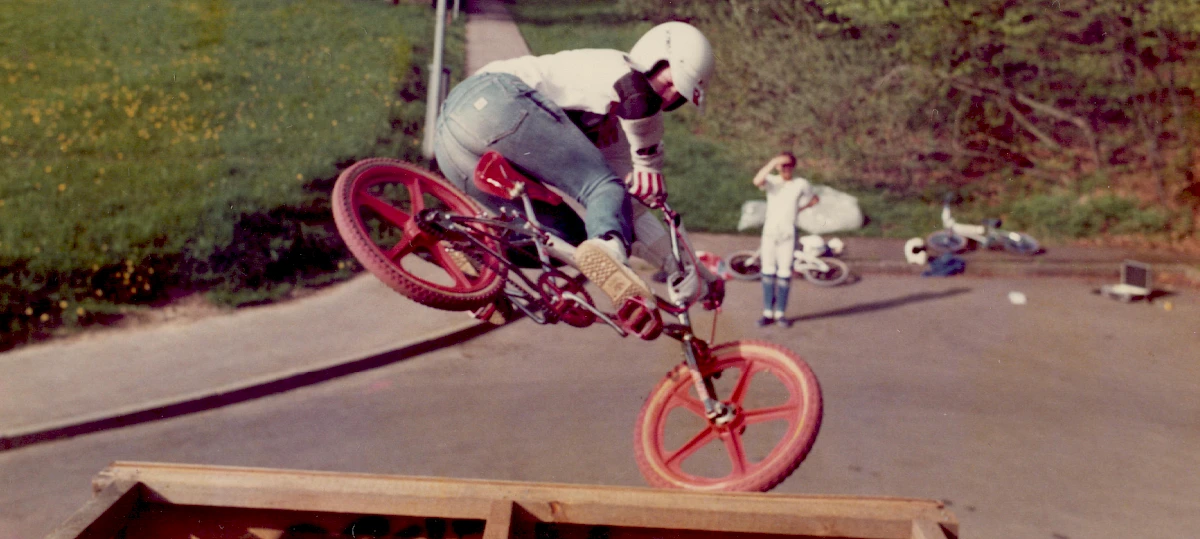
Rainer Strecker was years ahead of his time and soared to heights on the rickety quarterpipes of the 80s that were actually reserved for American show chrome professionals.
Inspired by an article in "Stern" magazine, Rainer bought a Pfander BMX bike, type "St. Tropez", in a department store in 1981. The joy didn't last long, because just two weeks later he had to return the bike with a bent top and down tube.
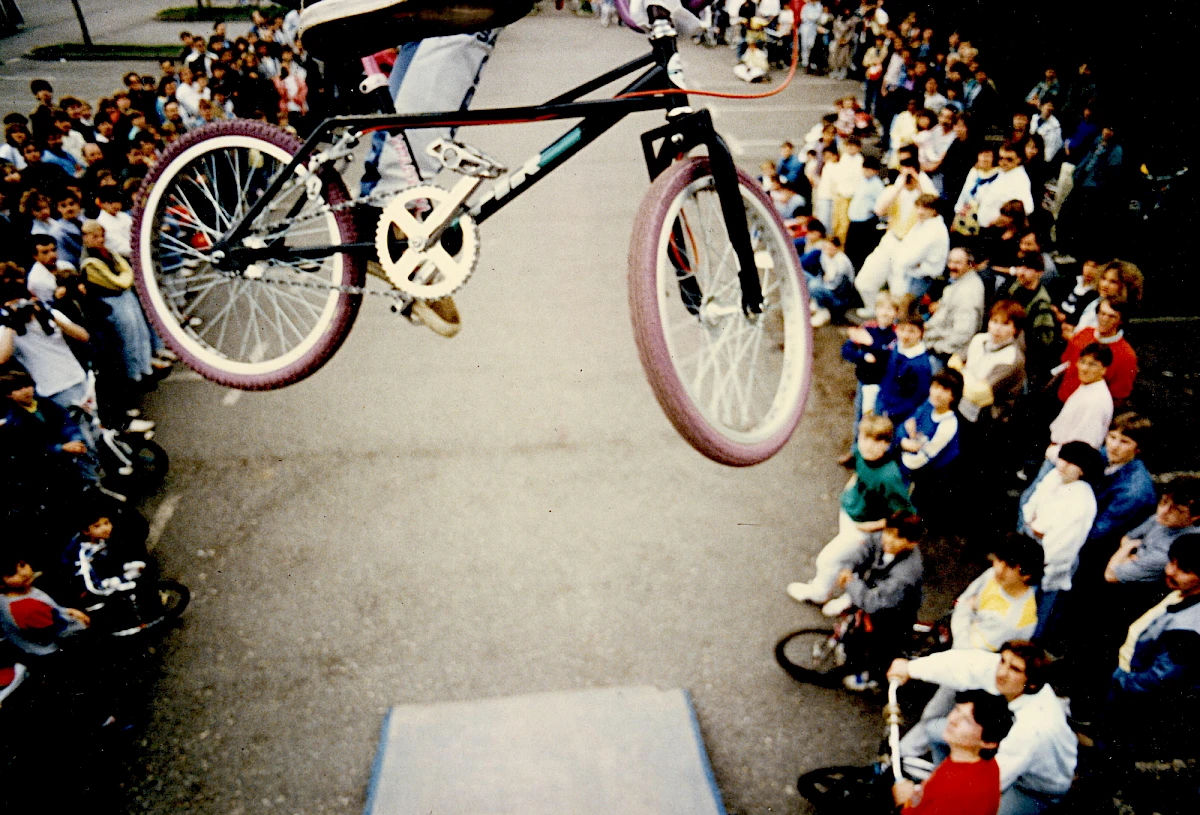
But he took a liking to the jumps and the height and swapped the St. Tropez for a brand new Redline Proline. Together with his mate Matthias Schönleber, Rainer visited the BMX tracks in the area and the two of them built ramps out of formwork boards. When BMX Action magazine published the famous plans for the construction of a quarter pipe at the end of 1983, there was no question: the 1.88 m high gem was immediately built and placed on a dead end street in Degerloch near Stuttgart - the home of Rainer and Patrick Penkwitt. Rainer had got to know Patrick some time earlier when he also rode through the town on a Redline with flowing hair and a tank top. Patrick's schoolmate Thomas Rank soon joined them and so the PTR trick team was formed.
The three of them trained like crazy on their new ramp, which didn't always withstand the strain without complaint. They started riding their first shows in Stuttgart and the surrounding area and quickly made a name for themselves as the best freestylers in the area.
After a family holiday with Patrick's parents took the three of them to the Pipeline Skatepark in Upland, the fire was finally lit: Rainer rode the merciless holes of the famous skatepark and the ramp in the backyard of Wizard Publishing, where the venerable BMX Action magazine was born. They met Tony Murray and Eddie Fiola and rode a show for Bob Haro, who sponsored them directly.
Back home, the plan for their own BMX brand took shape and PTR really took off: The three of them toured all over Germany in Patrick's parents' bus, filled the pages of "Speed" magazine and appeared on national television. Meanwhile, Rainer was looking for better training conditions at home: Around 1985, some skaters had built a half-pipe in the car park of the outdoor swimming pool in Möhringen near Stuttgart, which consisted entirely of construction site timber apart from a few decking boards. This ramp was generously approved by an employee of the Stuttgart spa and baths authority, but when the good man visited the site for the first time about a year later and saw the dimensions of the 3 metre high ramp, the project was stopped immediately and the ramp was torn down. The famous poster from BMX Sport was shot on this ramp.
But Rainer and the halfpipe skaters from the Stuttgart area were lucky: the bike shop "Lutz" in Böblingen created space on its spacious storage area almost immediately and so a new halfpipe was built. Here, too, the commitment came mainly from the skaters, but there was no rivalry between the two groups in Stuttgart and so Rainer gratefully accepted the offer to ride.
After Patrick, Thomas and Rainer jointly decided to end the PTR trick team and cease frame production in 1986, Rainer continued to ride for Haro for a while, took on the competition at the Cologne Youth Park in 1987 and used another trip to the USA to tick Ron Wilkerson's "Enchanted Ramp" off what was probably the ultimate BMX bucket list of the mid 80s. Towards the end of 1987, however, he also ended his career and the "PTR" chapter was finally history.
Today, Rainer lives with his family in California and is happy when his path takes him through Torrance, Leucadia or Upland again. The places he longed for in his youth have become his home.
Rainer Strecker was inducted into the German BMX Hall Of Fame in 2024 for his performance as probably Germany's first serious vert rider. He is the only German ramp rider who actively experienced the golden years of the Californian freestyle stars, visited the pilgrimage sites of the 80s and made it into the hallowed pages of Freestylin' magazine as a member of the PTR trick team. In this country, he helped the young sport gain nationwide attention through countless shows and numerous television appearances, which he completed with his two team-mates under sometimes adverse circumstances. Even after the end of his active career, Rainer is still a welcome guest at old school reunions and freestyle contests. Many thanks for your contribution, Rainer Strecker.
